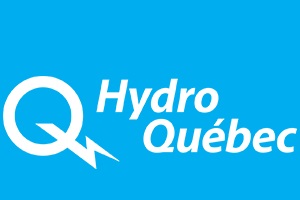Remote data management services (RDMS) are the keystone of modern geotechnical and structural health monitoring systems. They are versatile tools that leverage geotechnical instrumentation, increasing their usefulness and expanding their range of applications. Using an RDMS improves:
- Management of large datasets for large-scale monitoring system. GKM Consultants’ RDMS hosts data to a secure server for access and analysis by technicians, engineers and consultants.
- Data security and traceability of data over the lifetime of a project.
- Worksite safety by providing real-time alarms
- Project management through visualization of the relevant data.
Why use a RDMS?
RDMS have several advantages over traditional data collection methods. Data is acquired automatically from data loggers such as GKM Consultants’ DL Series, and uploaded to a server, removing the need to send staff to the worksite to perform manual readings at regular intervals or to collect data from standalone DL Series. RDMS provide real-time monitoring and plotting, and gives the user access to the data remotely at all time from any internet-connected computer or device.
RDMS are highly flexible and can be tailored to accommodate instruments from all manufacturers, a variety of loggers and many different cloud tools. A typical system will connect an instrument to a data logger. The logger is connected to the internet with an edge device such as a cellular modem or Sensemetrics THREAD through which the data is sent to cloud platforms.

Features
Features can be as streamlined or as complex as required. GKM Consultants will assist in selecting the right features for any project.

Data management
Data can be accessed over the internet at any time from any location on a computer, tablet or smart phone. Data is automatically archived for future reference.
ASSET management
User access and contact groups
User access and contact groups can be managed with an array of options to give users the tools they need to perform their work. Privileges and access rights are scaled according to the role of each user and can be managed individually or as groups.
Logger management
Real-time status updates of the data loggers and instrument status are offered.
Real-time alarms
Alarm emails and SMS are configured into the RDMS to provide an extra layer of security unattainable with manual collection. Checks are performed on every acquired dataset and on calculated values against alarm thresholds. Engineers are alerted in real-time if any of the parameters is out of bounds. Users take advantage of this real-time monitoring to plan the required actions. Additionally, alarms are configured to warn the server administrator or users if any of the data loggers stop responding or uploading its data.
Graphing
Time graphs are the basic tool that most RDMS users require. The user can plot their data against time to see long-term or short-term trends.
Data Analysis
The RDMS performs calculations on the acquired data automatically and plots the results. Conversion from raw data to engineering units is centralized in the cloud tools.
Real-Time Displays and dashboards
Data can be visualized in real-time and displayed on maps and plans with visual alarm indicators.
Clients














